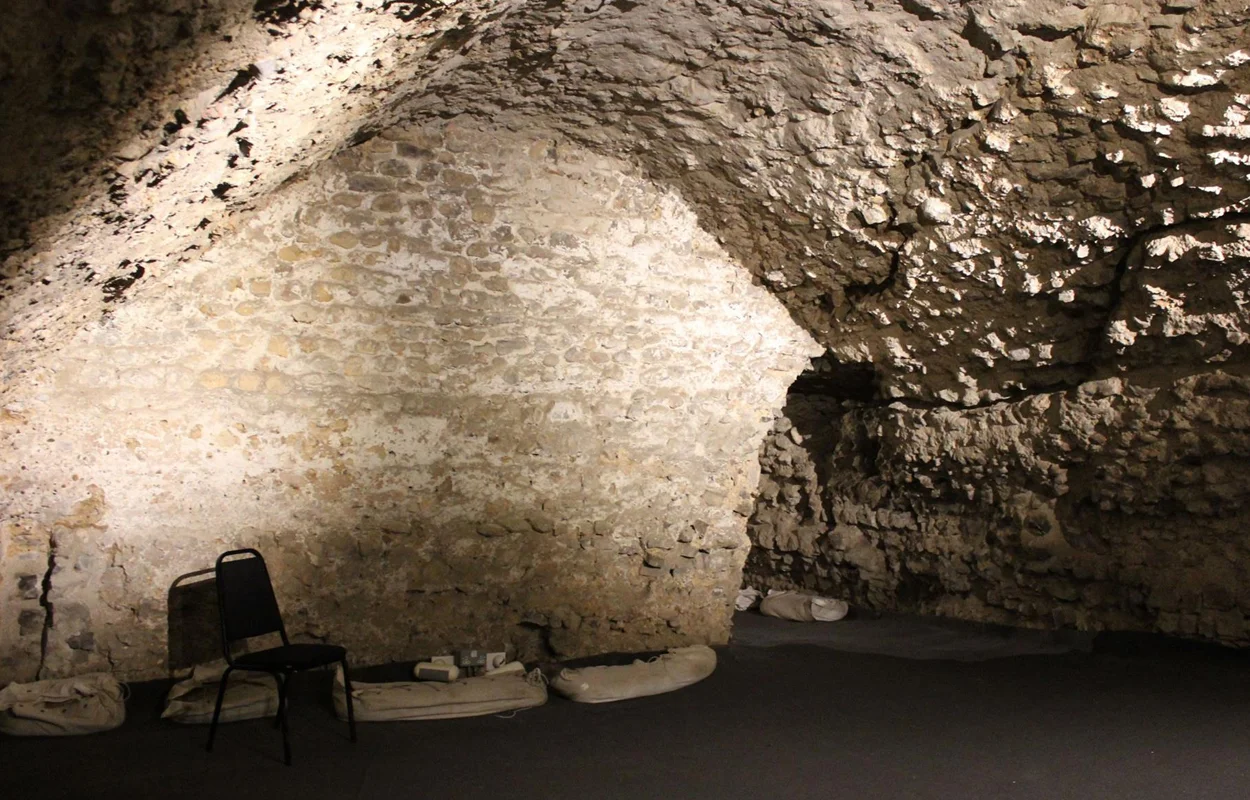Discover the Roman Empire’s extraordinary legacy left on Britain through this selection of ten Roman wonders.
1. Hadrian’s Wall (Northern England)
Stretching approximately 73 miles from Wallsend on the River Tyne to the Solway Firth, Hadrian’s Wall was built to mark the northern Frontier of the Roman Empire.
Construction commenced in AD 122 during the reign of Emperor Hadrian and continued to be fortified until the collapse of Roman administration in Britain around AD 410.
Highlights along the wall include the Vallum (a giant ditch), Housesteads Roman Fort (Vercovicium), Birdoswald Roman Fort, Chesters Roman Fort, Wallsend (Segedunum), as well as the nearby fort of Vindolanda and Corbridge Roman Town.
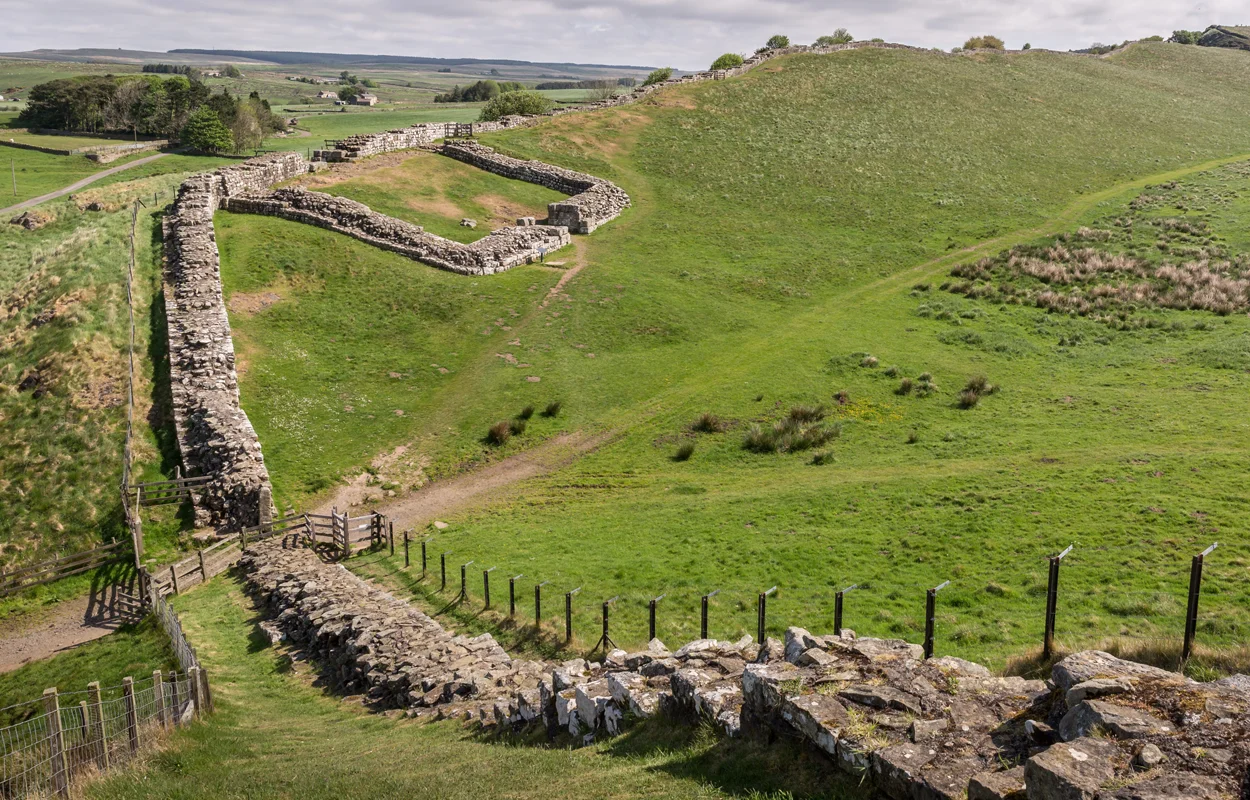
2. Aquae Sulis (Bath, Somerset)
Aquae Sulis, meaning “the waters of Sulis” was a small Roman town in the modern-day city of Bath. Harnessing the natural hot springs heated by geothermal activity, the Romans established a formal temple complex around AD 60 dedicated to the goddess Minerva.
Over the next two centuries, the site evolved into an extensive bathing complex with a caldarium (hot bath), a tepidarium (warm bath), and a frigidarium (cold bath), reflecting the sophistication of Roman engineering and social culture.
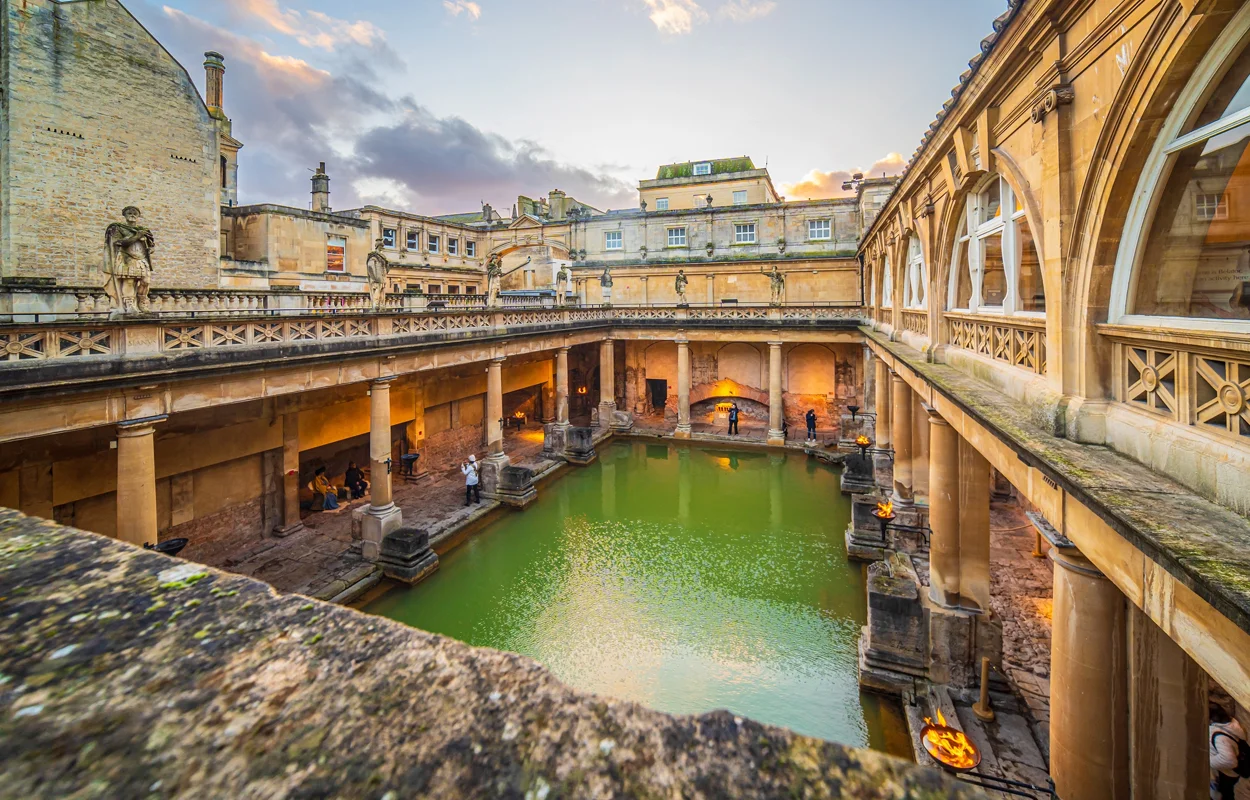
3. Antonine Wall (Scotland)
The Antonine Wall was a Roman defensive fortification that stretched approximately 39 miles across the central belt of Scotland. The wall ran from the Firth of Forth in the east to the Firth of Clyde in the west.
Construction of the Antonine Wall began in AD 142 during the reign of Emperor Antoninus Pius. The purpose of the wall was to consolidate Roman control over lands recently subdued by Governor Quintus Lollius Urbicus, establishing a new northern frontier nearly 100 miles beyond Hadrian’s Wall.
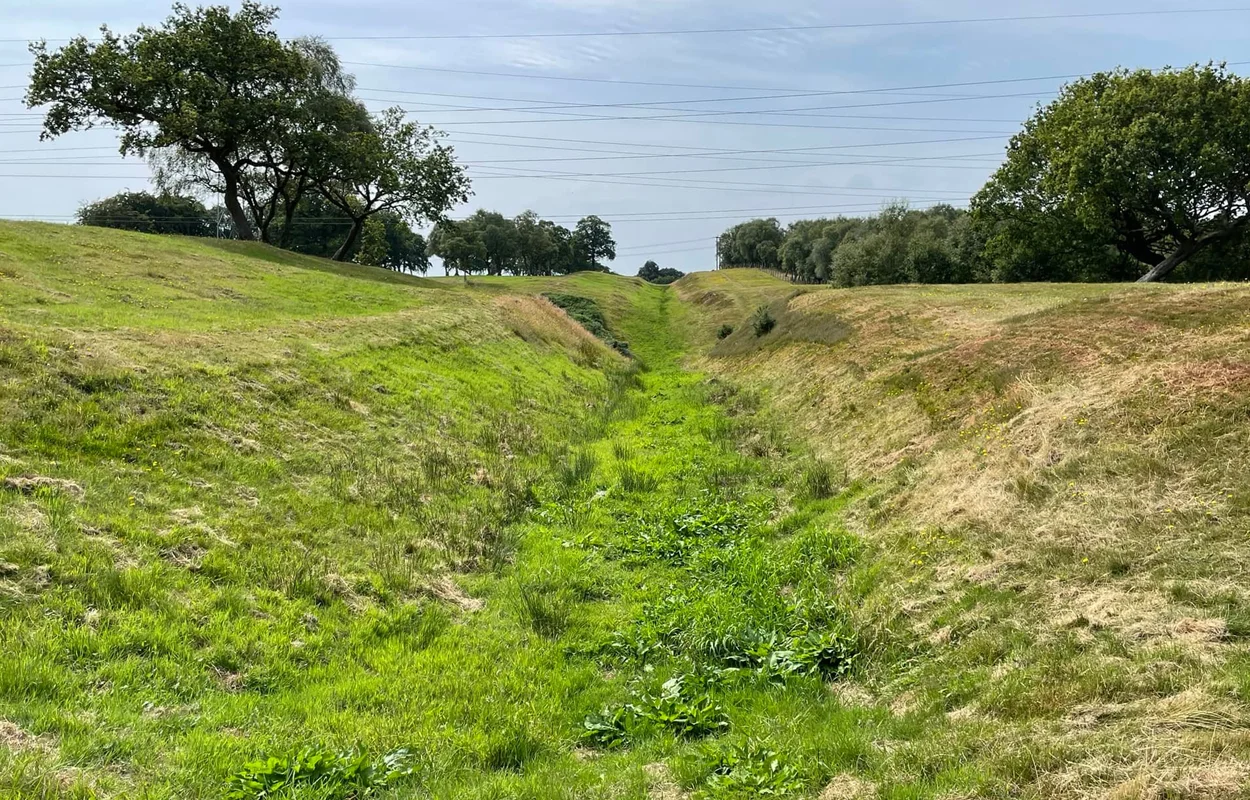
4. Rutupiae (Richborough Roman Fort, Kent)
Although a matter of scholarly debate, historians generally agree that Rutupiae was the landing site for the Claudian invasion of what would become the Roman province of Britannia in AD 43.
As the frontier pushed further north, Rutupiae developed into a flourishing commercial town that boasted an amphitheater, temples, and a mansio (guest house for visiting officials). What set Rutupiae aside from most Roman towns was a large 25-metre-tall arch built from imported white marble after Agricola’s victory at the Battle of Mons Graupius. This monument is believed to symbolise Rutupiae’s status as the “gateway to Britain”, or “accessus Britanniae”.
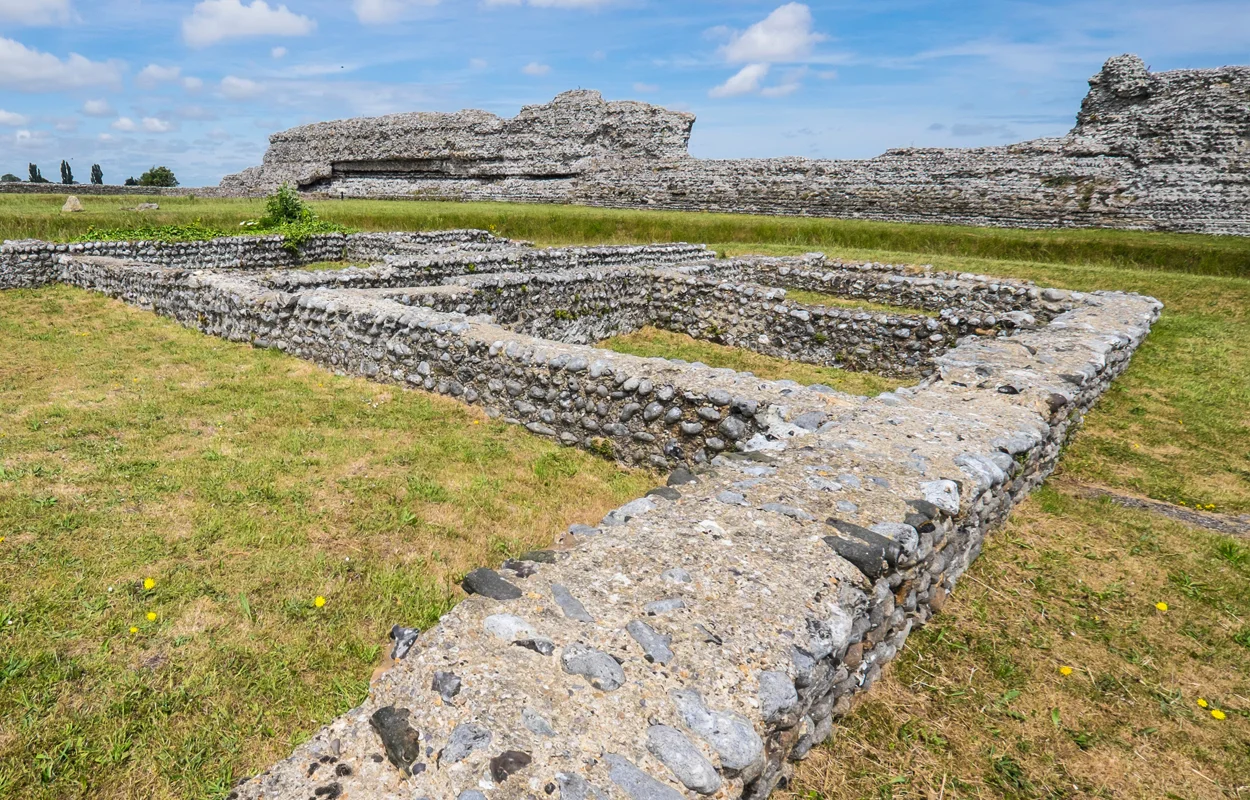
5. Wroxeter Roman City (Shropshire)
Wroxeter Roman City (Viroconium) was established as a frontier post for Thracian Auxilia and later a legionary fortress for the invasion of Cambria (Wales)
Around AD 80, a city developed from the canabae that had surrounded the fort with a civic street grid. At its peak, Viroconium was the 4th-largest settlement in Roman Britain with a population of more than 15,000 inhabitants covering an area of 173 acres.
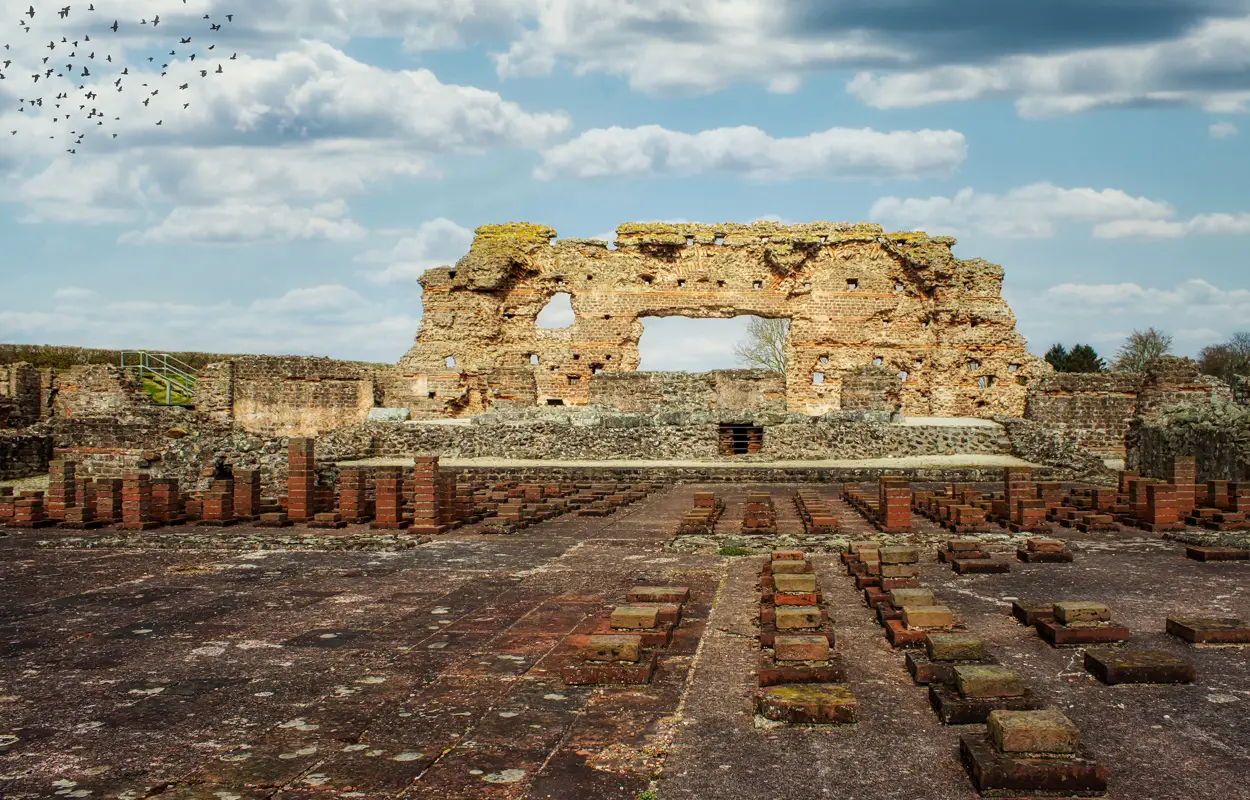
6. Venta Silurum (South Wales)
Venta Silurum was a Roman town located in the present-day village of Caerwent. Venta Silurum became the Romanised capital of the Silures (a tribal confederation) and provided local government and administration for the district.
What makes Venta Silurum stand out from most Roman settlements in Britain are the giant stone walls that survive to this day. Rising to 5 metres in places, the walls have been described as some of the most impressively preserved in Northern Europe.
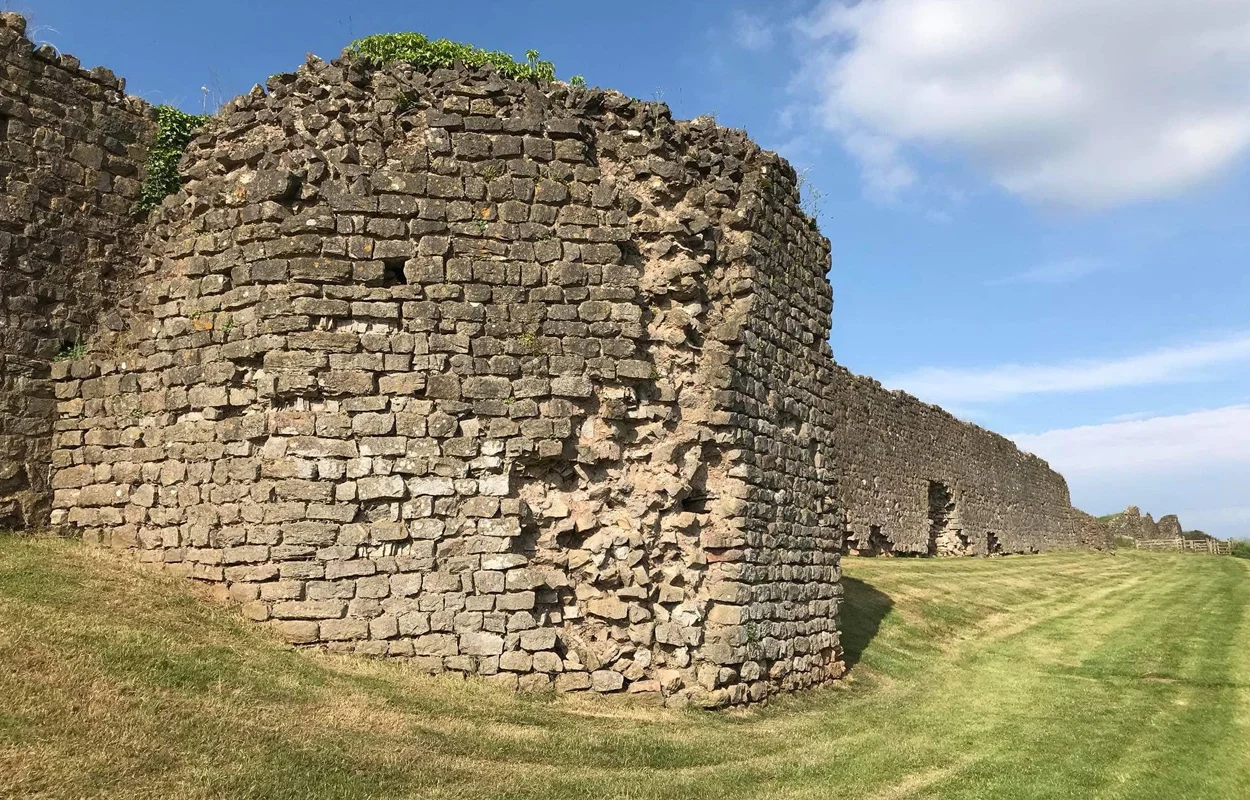
7. Fishbourne Roman Palace (West Sussex)
Located in the village of Fishbourne, near Chichester, Fishbourne Roman Palace is one of the largest known Roman residences north of the Alps and certainly the largest in Britain.
The Palace was constructed in the 1st century AD, possibly for a pro-Roman tribal king. Highlights of the palace include stunning mosaics such as the Cupid on a Dolphin, underfloor heating, and the reconstructed Roman gardens.
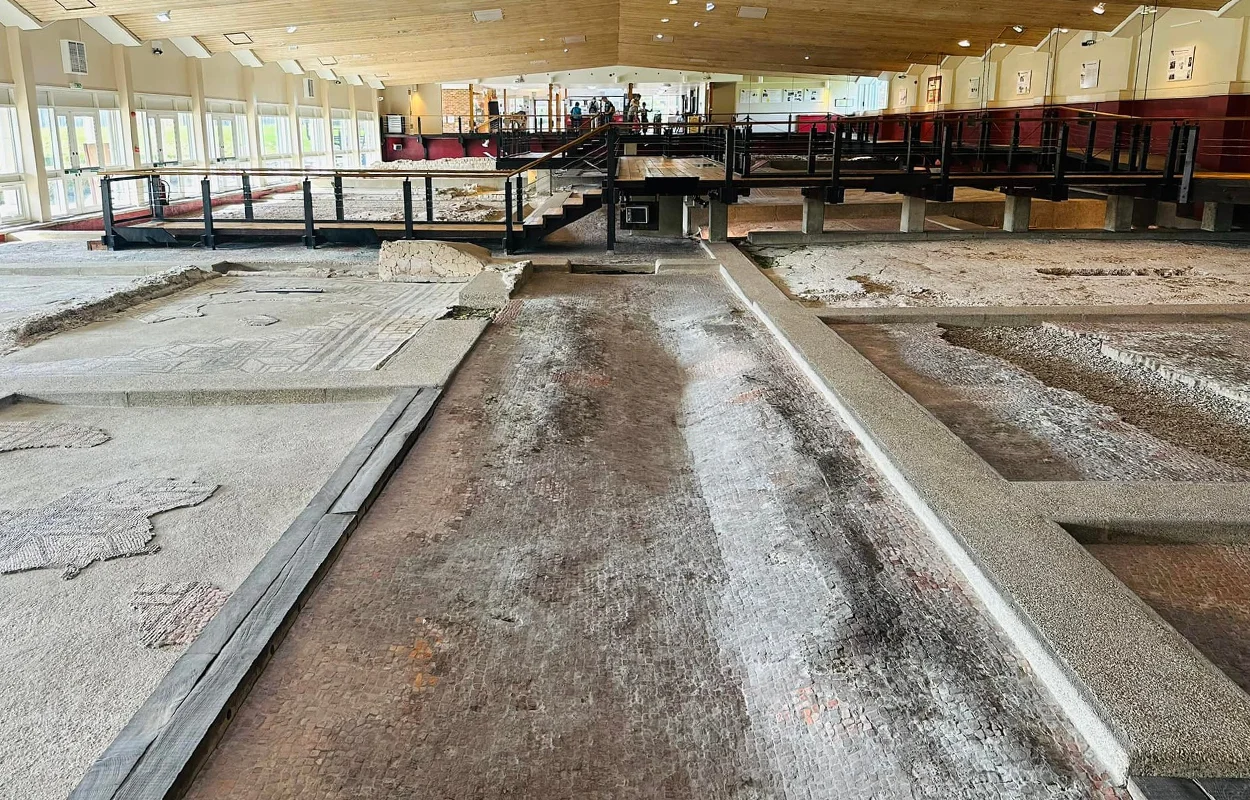
8. London Wall (London)
By the end of the 1st century AD, Londinium (London) had expanded rapidly and become one of the largest cities in Roman Britannia, eventually replacing Camulodunum (Colchester) as the provincial capital.
A large defensive wall was constructed between AD 190 and 225, encircling the landward side of the city. Considered one of the largest construction projects carried out in Roman Britain, the wall largely defined the boundaries of the City of London until the later Middle Ages.
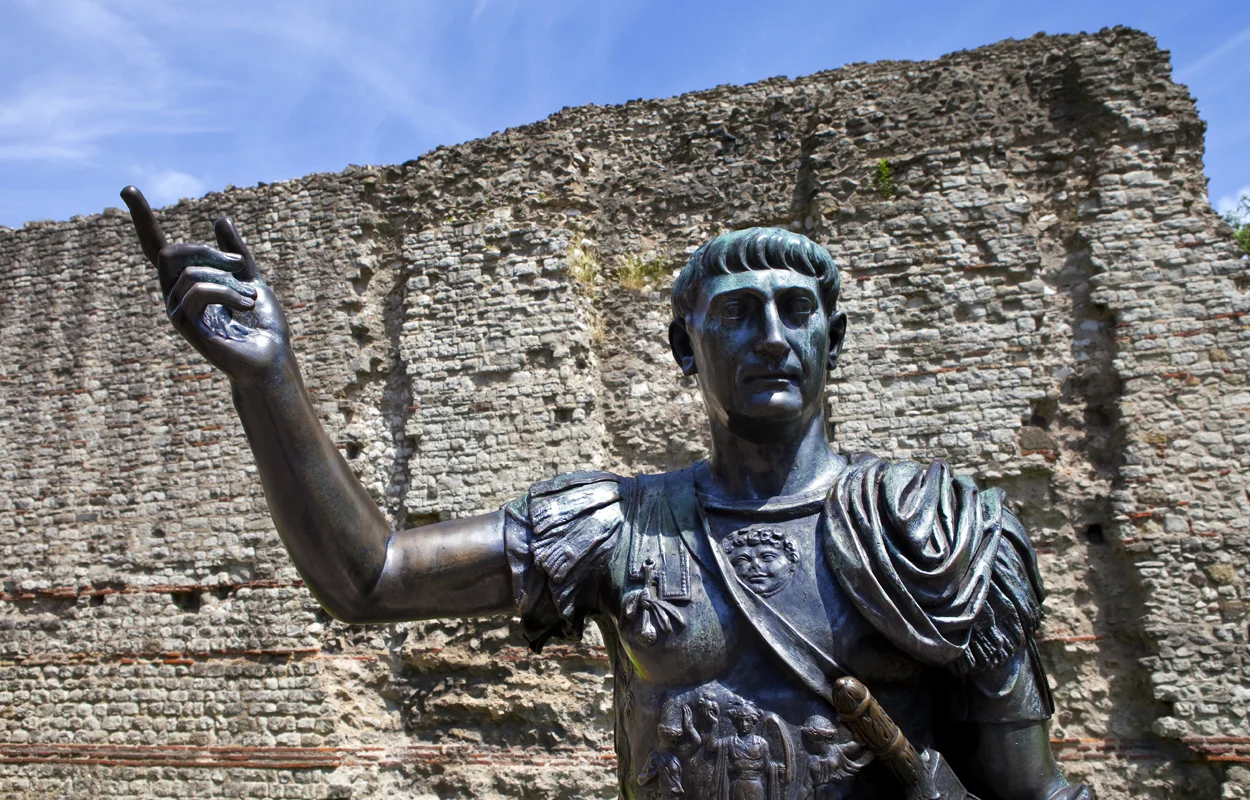
9. Pharos Lighthouse (Kent)
Located on the grounds of Dover Castle, the Pharos Lighthouse now serves as the bell tower of the adjacent castle church of St Mary de Castro.
Standing 80 feet (24 metres) tall, the lighthouse supported fire beacons that served as navigation lights for ships of the Classis Britannica, the Roman fleet stationed at Dubris.
It is one of only three surviving Roman lighthouses in the world and remains the tallest Roman building in Britain.
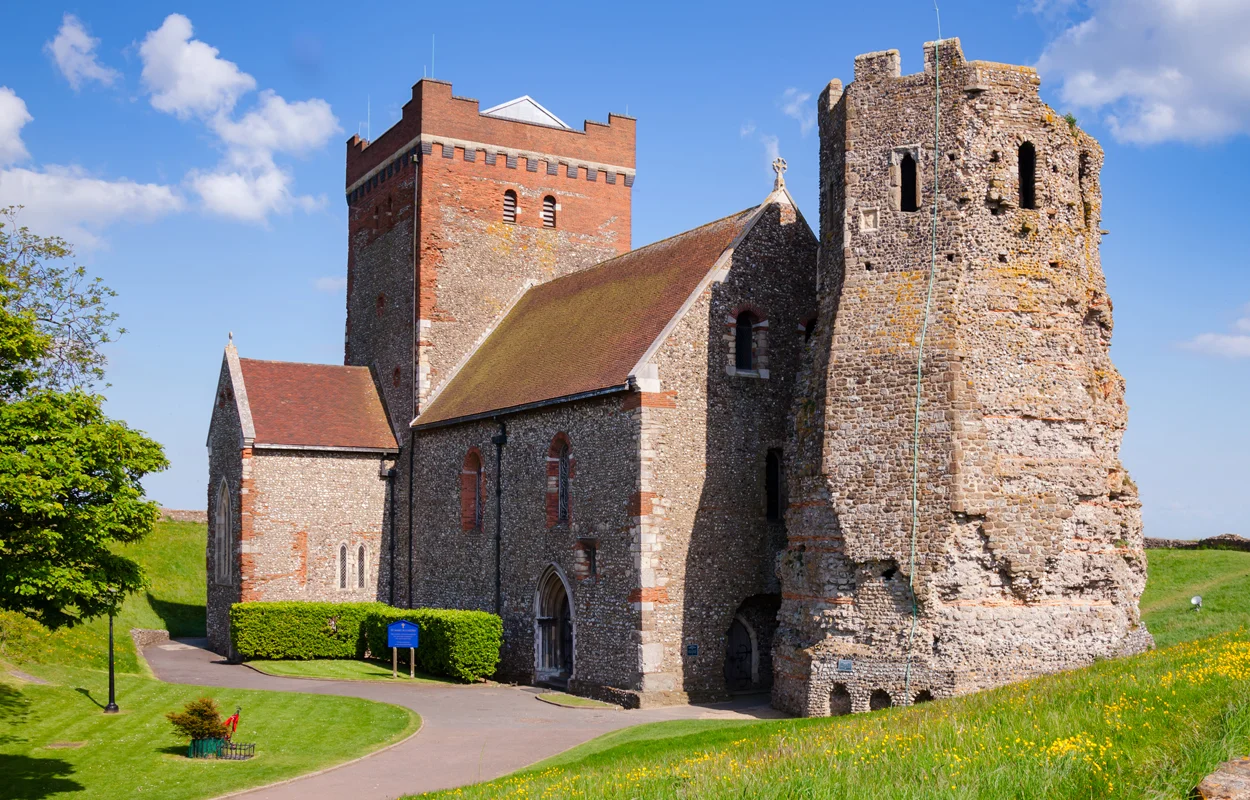
10. Temple of Claudius (Colchester, Essex)
The Temple of Claudius, first constructed between AD 49 and 60 in Camulodunum (Roman Colchester) was dedicated to Emperor Claudius following the Roman conquest of Britain.
In AD 60/6 during the revolt led by the Iceni queen Boudica, the temple became the last refuge for Roman citizens who were besieged for two days before being overwhelmed and killed.
Only the temple’s podium and foundations remain today beneath the Norman keep of Colchester Castle, however, it was once the largest Roman temple of its kind in Britain.
